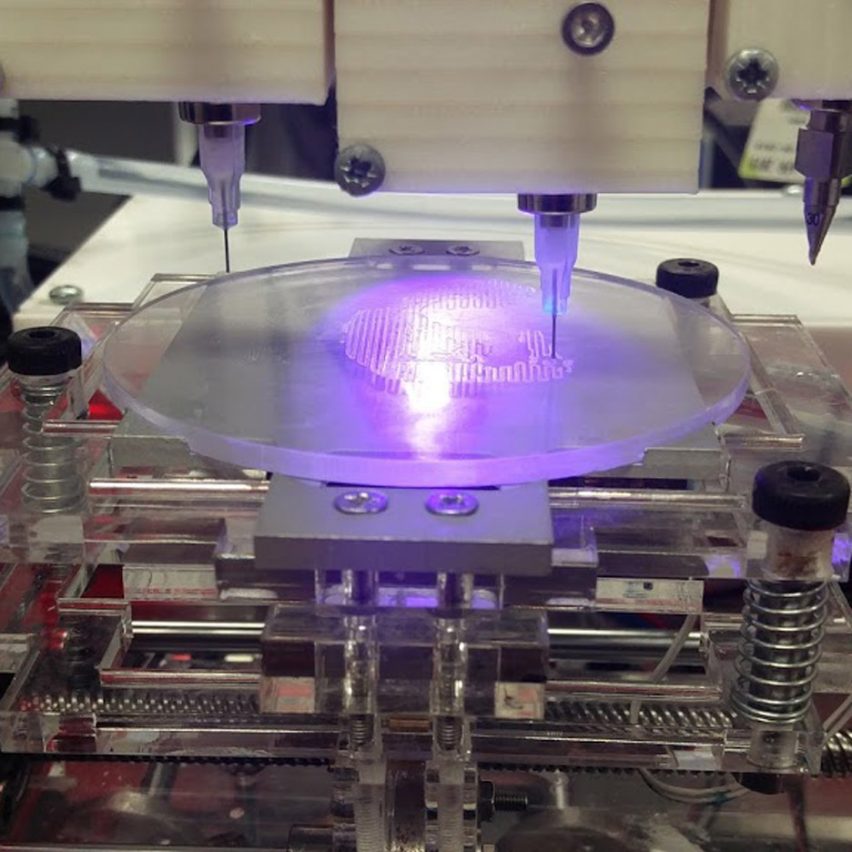University of Wollongong uses stem cells to 3D-print human ears

Researchers from the University of Wollongong in Australia have developed a 3D bioprinter that can replicate human ears for use in reconstructive surgery.
The machine, nicknamed 3D Alek, is a customised multi-materials biofabrication 3D printer, which uses a specialised bio-ink developed by researchers at University of Wollongong (UOW) and the Australian National Fabrication Facility (ANFF) to print human ears.
The bio-ink uses stem cells to grow human ear cartilage using the 3D-printing technology, to create a "living ear" for use in reconstructive surgery.
Researchers at Wollongong University have developed a 3D-printer that can make human ears for reconstructive surgery
Sydney's Royal Prince Alfred Hospital (RPH) has become the first hospital in New South Wales to have the high-tech 3D bioprinter on-site. Researchers say that this new technology brings them a step closer to revolutionising a complex medical procedure for children with microtia ? a congenital condition where the external ear is underdeveloped.
The team took stem cells from tissues such as nose cartilage to develop a printable bio-ink
"Treatment of this particular ear deformity is demanding because the outer ear is an extremely complex 3D shape, not only in length and breadth, but also in height and projection from the skull," said RPH ear, nose and throat surgeon Payal Mukherjee.
"This is where bioprinting is an extremely exciting avenue, as it allows an ear graft to be design...
| -------------------------------- |
| Bolon to unveil experimental new rug collection at Stockholm Design Week |
|
|
Villa M by Pierattelli Architetture Modernizes 1950s Florence Estate
31-10-2024 07:22 - (
Architecture )
Kent Avenue Penthouse Merges Industrial and Minimalist Styles
31-10-2024 07:22 - (
Architecture )






